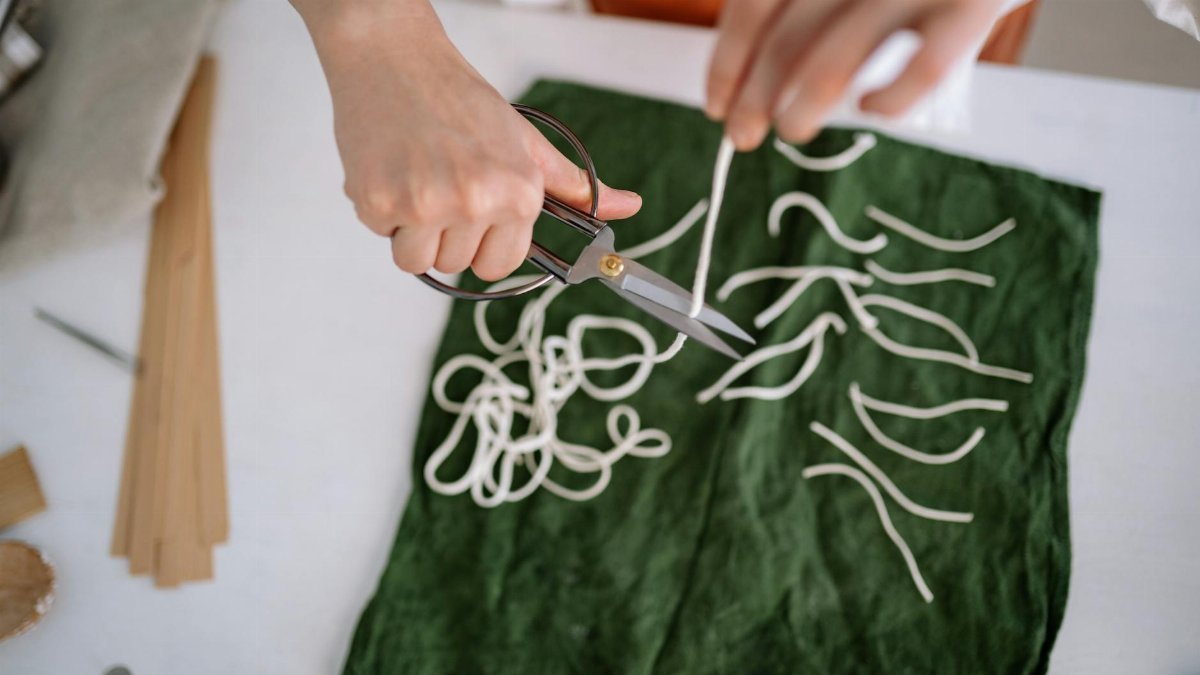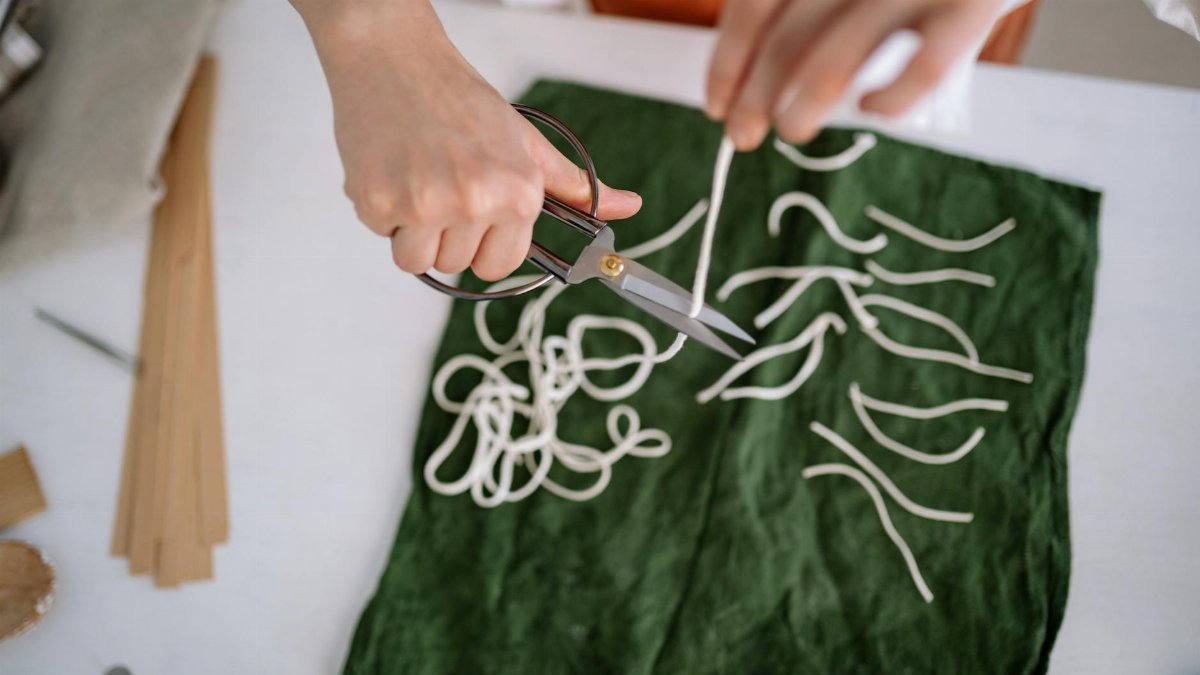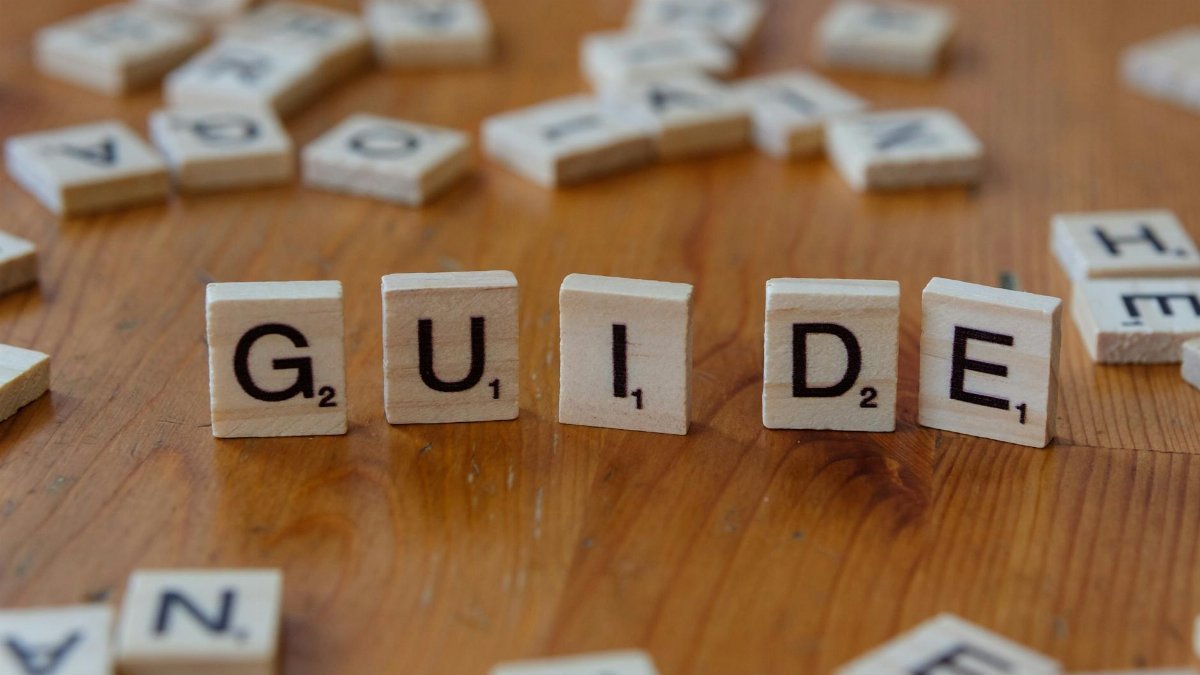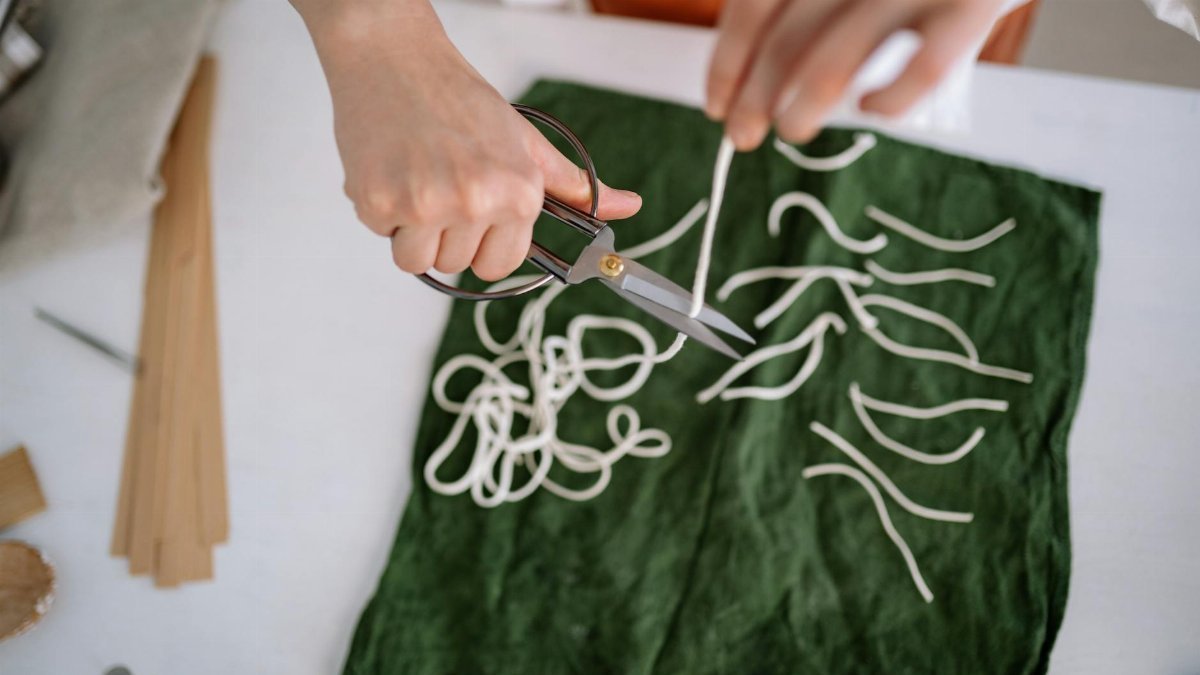Imagine a quiet therapy room in a bustling city, where a client sits across from their therapist, eyes closed, breathing deeply. The air feels heavy with unspoken burdens. The therapist guides them through a process they call “etheric cord cutting,” a practice aimed at releasing invisible energetic ties to past relationships or traumas. For many in 2025, this concept—once relegated to esoteric circles—has found a foothold in somatic therapy, where the body and energy intersect. It’s not just about spiritual jargon; it’s about tangible relief. As mental health conversations evolve, more Americans are turning to such hybrid approaches, seeking ways to heal that go beyond traditional talk therapy. This article unpacks how therapists are using somatic methods to facilitate etheric cord cutting, blending ancient ideas with modern science to help clients let go and move forward.
What Is Etheric Cord Cutting in a Somatic Context?

For the uninitiated, etheric cord cutting might sound like something out of a fantasy novel. But in the hands of a somatic therapist, it’s a deliberate process grounded in the body’s wisdom. The idea is that we form energetic connections—cords—with people, places, or experiences, especially those tied to emotional pain. These cords, though invisible, can manifest as physical tension or recurring stress. Somatic therapy, which focuses on the mind-body connection, uses breathwork, movement, and visualization to identify and sever these ties. A therapist might ask a client to notice tightness in their chest while recalling a past conflict, then guide them to imagine cutting that cord with a symbolic gesture. It’s less about mysticism and more about releasing stored energy. This approach resonates with a growing number of Americans seeking holistic healing methods.
The Science Behind Somatic Healing

While etheric cord cutting may carry a spiritual connotation, somatic therapy has roots in neuroscience. Trauma, as research shows, often lodges in the body, disrupting the nervous system. A landmark study by Dr. Bessel van der Kolk, detailed in his work and supported by findings from the Trauma Center at Justice Resource Institute, highlights how unresolved stress can manifest as chronic pain or anxiety. Somatic approaches aim to reset the nervous system through physical awareness. Techniques like guided imagery—often used in cord-cutting exercises—can lower cortisol levels, as noted in research from the National Institutes of Health. Therapists report that clients feel lighter after such sessions, a sensation backed by studies on body-based interventions improving emotional regulation, like those documented by the American Psychological Association.
This isn’t just theory. Therapists trained in somatic experiencing, a method developed by Dr. Peter Levine, often weave in energy-focused practices. The result? Clients process trauma not just through words, but through their physical being, creating a deeper release.
Why Etheric Cord Cutting Is Gaining Traction

In 2025, mental health is no longer a taboo topic, and alternative therapies are stepping into the mainstream. A report from the Pew Research Center notes a steady rise in Americans exploring complementary practices, with over 30% of adults engaging in some form of energy healing or mindfulness-based therapy. Etheric cord cutting fits this trend, especially within somatic frameworks. It appeals to those who feel stuck—people who’ve talked through their issues in traditional therapy but still carry a nagging weight. Social media amplifies this, with countless anonymous posts reflecting a shared sentiment: “I couldn’t move on until I cut that tie.” Therapists see this as a response to a culture craving tools for emotional autonomy, especially post-pandemic, when isolation heightened our awareness of unhealthy attachments.
How Therapists Guide the Process

Picture a session: a client, let’s call her Sarah, sits in a softly lit room. Her therapist notices her shoulders hunch when she mentions an ex-partner. “Where do you feel that in your body?” the therapist asks. Sarah points to her stomach. Through slow, intentional breaths, she’s guided to visualize a cord linking her to that person, draining her energy. The therapist might suggest a physical motion—perhaps slicing the air with her hand—to symbolize severing it. This isn’t random; it’s rooted in somatic principles that connect bodily action to emotional release. Some therapists incorporate grounding exercises post-session, ensuring clients feel safe after such intense work. The goal is integration—helping the body and mind realign without that lingering pull.
Common Misconceptions About the Practice

Not everyone buys into etheric cord cutting, and skepticism is understandable. Critics often dismiss it as pseudoscience, arguing there’s no empirical proof of “energy cords.” Even within therapy circles, some worry it veers too far from evidence-based methods. But somatic practitioners counter that the language of cords is metaphorical—a way to help clients name and release what feels real to them. It’s not about proving an invisible thread exists; it’s about the measurable outcomes, like reduced anxiety or improved sleep, that many report. Another misconception is that it’s a quick fix. Therapists emphasize it’s not a one-and-done ritual but part of a broader healing journey, often requiring multiple sessions to address deep-rooted patterns.
There’s also the fear it’s purely spiritual, alienating those wary of “woo-woo” practices. Yet, in a somatic context, the focus stays on bodily sensation, not belief systems. It meets clients where they are.
Challenges and Ethical Considerations

Integrating etheric cord cutting into therapy isn’t without hurdles. For one, it demands a high level of skill. A poorly trained therapist might push a client to “cut cords” before they’re ready, risking emotional overwhelm. Ethical concerns arise too—how does a therapist ensure they’re not imposing their own beliefs about energy on a vulnerable person? Professional boundaries are key. There’s also the risk of clients misinterpreting the process as a literal severing of relationships, rather than an internal shift. Therapists must clarify that this work is about personal empowerment, not external action. Navigating these waters requires transparency and a commitment to client safety, something the field is still refining as this practice grows in popularity.
Who Benefits Most From This Approach?

Not everyone needs or wants to explore etheric cord cutting, but certain groups seem to gravitate toward it. Survivors of toxic relationships often find it particularly resonant, as it offers a way to reclaim energy they feel was siphoned away. Those with unresolved grief—over a lost loved one or a past version of themselves—also report a sense of closure. Somatic therapists note it’s especially effective for people who feel disconnected from their bodies, a common aftereffect of trauma. One therapist shared a story of a client who, after months of feeling numb, described a session as “waking up” to their own strength. It’s not universal, though. Individuals skeptical of energy concepts might find traditional cognitive methods more aligning. The key is choice—finding what fits.
Moving Forward With Awareness

As etheric cord cutting gains ground in somatic therapy, its future depends on balance—honoring its roots while grounding it in science. For now, it’s a tool among many, offering a bridge for those who feel talk therapy falls short. Its rise reflects a broader shift in 2025: a hunger for healing that engages the whole self, body and soul. Therapists and clients alike are navigating this terrain with curiosity, testing what works. If nothing else, it’s a reminder that letting go—whether through a visualized cord or another method—is a deeply human need. The path to release may look different for everyone, but the destination remains the same: a lighter, freer way of being.
Disclaimer
The content on this post is for informational purposes only. It is not intended as a substitute for professional health or financial advice. Always seek the guidance of a qualified professional with any questions you may have regarding your health or finances. All information is provided by FulfilledHumans.com (a brand of EgoEase LLC) and is not guaranteed to be complete, accurate, or reliable.
